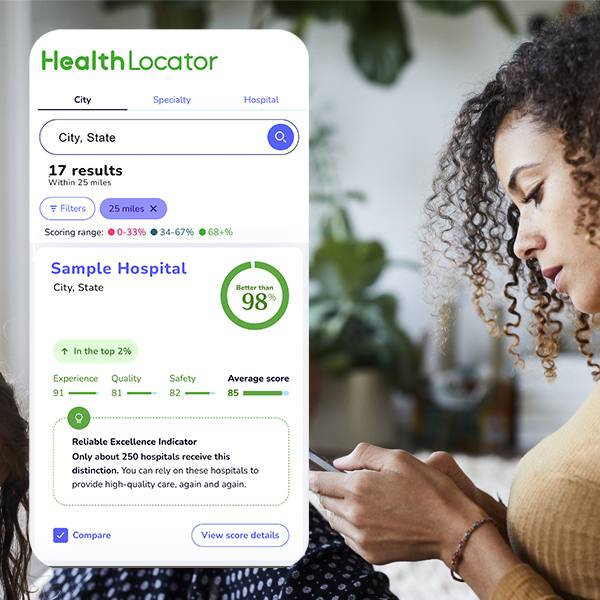-
“Bionic” Eye Implant Offers Hope of Restoring Vision
It’s a medical story, a science and technology advancement and a romance wrapped into one moment: when a man who is blind sees his wife again for the first time in a decade.
Allen Zderad began to have serious vision problems about 20 years ago due to retinitis pigmentosa, a degenerative eye disease affecting the retina. There is no effective treatment or cure. It ended his professional career and after a decade he was effectively blind, unable to see anything other than very bright light. He adjusted, even continuing woodworking by developing his sense of touch and spatial relationships. But he was unable to see his family, including ten grandchildren or his wife, Carmen.
Enter Raymond Iezzi Jr., M.D., Mayo Clinic researcher and ophthalmologist, who had been seeing Zderad’s grandson, who has early stages of the same condition.
Journalists: B-roll of patient Allen Zderad's first experiences with the Second Sight system and of his surgery to implant the device is available in the downloads. Dr. Iezzi's sound bites on the technology, retinitis pigmentosa and the patient experience are also available. Click here for transcript.
Watch KARE 11 medical news report: Man gets bionic eye, sees wife for first time in decade.
To schedule an interview with Dr. Iezzi, contact Bob Nellis at Mayo Clinic Public Affairs: 507-284-5005 or newsbureau@mayo.edu
“Tell your grandfather I’d like to see him,” the scientist-physician told the boy. The former 3M employee from the Twin Cities turned out to be the ideal patient for the first clinical trial in Minnesota involving a bionic eye implant that sends light wave signals to the optic nerve, bypassing the damaged retina. A tiny wafer-like chip was embedded in his right eye, wires attached in a surgical procedure in January, then two weeks later, the rest of the prosthetic device set in glasses was activated.
For the first time in a decade, Zderad was able to make out human forms and outlines of objects, doorframes, chairs and tables, - he even saw his reflection as a silhouette in a window. The first indication that the device worked: He lunged out to grab his wife’s hands as she sat before him. The both broke into tears.
Dr. Iezzi was also moved. “This is great for this family. It’s also very unusual for a scientist like me to be able to actually apply outcomes of what we’ve worked on for years to help a patient. That’s very special.”
More adjustment is needed, along with hours of physical therapy and instruction, in order to make full use of the device, which was created by Second Sight, Inc. Zderad is the first in Minnesota to receive the device, and only the 15th in the United States. There are limitations: He will not be able to see the detail of faces or images, but he will be able to navigate through a room full of people, in church or in a mall without using his cane. It greatly improves his quality of life, and most of all, he can see his wife again. “It’s easy,” says Zderad, “she’s the most beautiful one in the room.”







